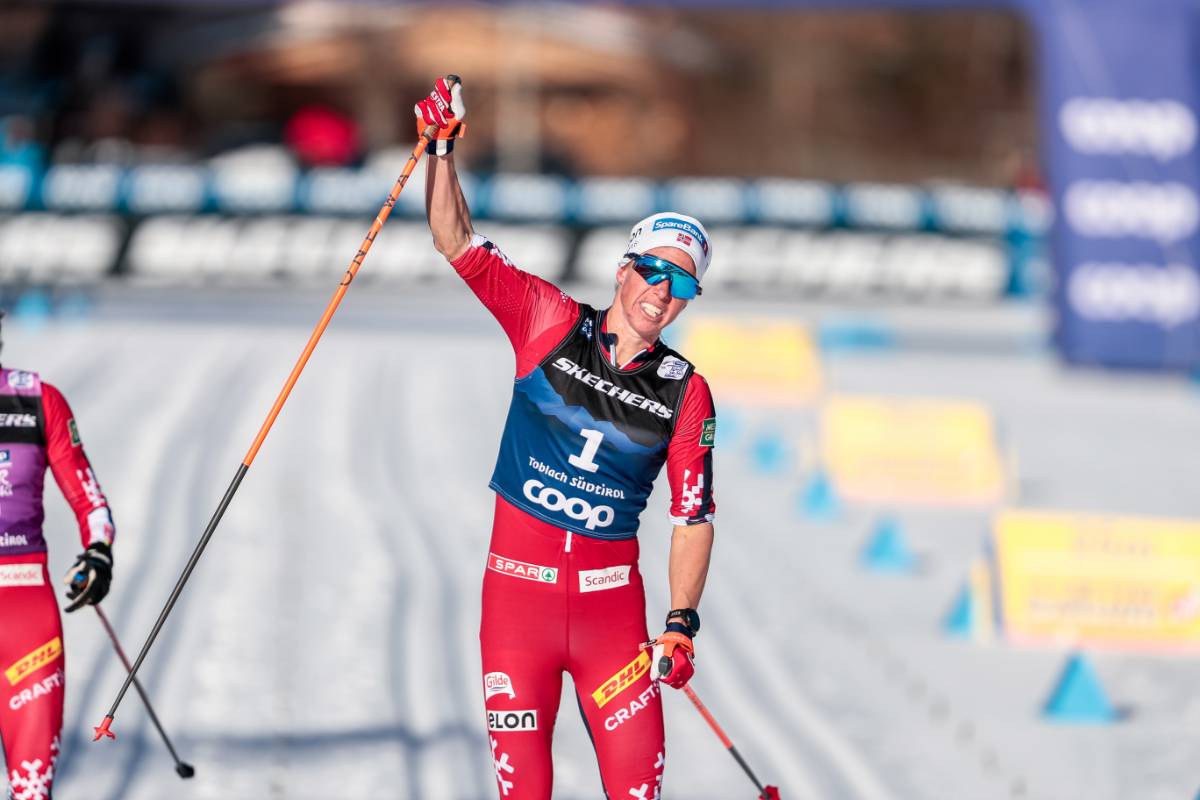
Cross-country: Astrid Øyre Slind’s Olympic dream — to prove the expert’s harsh verdict wrong
Originally published in NRK on November 20, 2025
On a frigid morning at Valdresflye, Astrid Øyre Slind and her sisters Kari and Silje log training hours ahead of this weekend’s Norwegian season opener in Beitostølen. Despite the glittering winter scenery, Slind admits a setback: the Achilles tendon that troubled her earlier in the autumn has become painful again. Classic technique is problematic, so Saturday’s classic-distance race is in doubt, though she insists skating still feels fine.
Even so, her ambitions for the season remain unchanged and lofty. Speaking during Toppidrettsveka in August, Slind set a clear goal: to win Olympic gold in Val di Fiemme. While she concedes she isn’t the top favorite, last winter brought her first three World Cup victories and 14 podiums, making the target realistic.
When asked which Olympic event offers her best chance, Slind says her classic 50 km in Lahti last season may have been among her strongest performances. But she surprises by saying the 10 km freestyle would mean even more. Having been known for long-distance double-poling success, she wants to prove she has fully transitioned to excelling in 10 km skating — precisely where some outside voices have been skeptical.
A key motivator is criticism she feels she has received from TV expert Torgeir Bjørn, who she says often characterizes her skating as "staking while I’m double-dancing." Slind argues that while her technique once showed long-distance habits (straight legs, heavy upper-body use), she has made significant skating-technique improvements in the past three years and that some criticism is flat-out wrong.
NRK expert Torgeir Bjørn responds with a smile. He recognizes Slind’s strong progress and notes she has already won World Cup skating races. He maintains she has historically been best in classic and still brings powerful poling into her skating — which has strengths, but requires equally strong leg work. Nevertheless, he supports her ambition: he hopes she wins the Olympic 10 km free.
Slind, who turns 38 two days after the Olympic opener in Val di Fiemme, is also fueled by the disappointment of last winter’s home World Championships in Granåsen. Aside from relay silver, her championships were marred by dreadful conditions in the historic women’s 50 km: bottomless snow, heavy rain, and chaotic scenes in the forest. She fell three times and finished 10th, more than nine and a half minutes behind world champion Frida Karlsson, calling it an embarrassing day to ski poorly in front of home fans.
After that race she shut herself in her hotel room for 24 hours, until coach Chris Jespersen coaxed her out for an easy ski and a reset. Together they set a new focus: prove the doubters wrong. Ironically, her current Achilles issue has forced her to prioritize skating even more — potentially making the 10 km freestyle her best shot.
With three hours of sun-drenched training in Valdresflye completed, Slind smiles: if classic is off the table for now, the 10 km skate might just be where she shines most.
See Also

Tour de Ski is Johaug’s to lose after skiathlon masterclass in Val di Fiemme
January 04, 2025 / FIS

Slind takes Tour de Ski lead after 'perfect' teamwork with Johaug
January 01, 2025 / FIS
Norwegian Success – Astrid Öyre Slind and Therese Johaug on Top
January 01, 2025 / SVT Sport